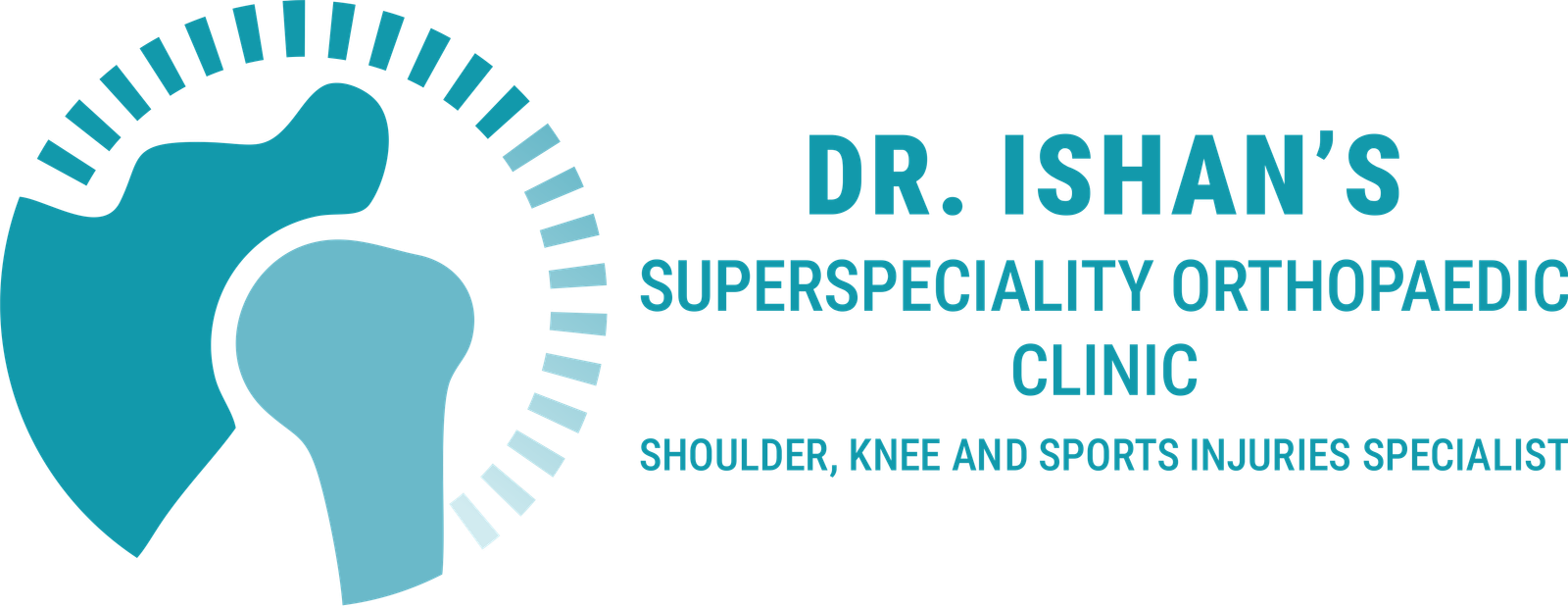Welcome to our dedicated space where we unravel the intricacies of muscle strains, providing valuable insights, guidance, and support for those navigating the challenges of muscular injuries. As we commemorate our one-year milestone, we are excited to share a wealth of information on muscle strains, from understanding the causes to effective prevention and recovery strategies.
We recognize the impact that muscle strains can have on daily life.Our team is dedicated to curating a space where information meets understanding, and where the complexities of muscle strains are demystified.





